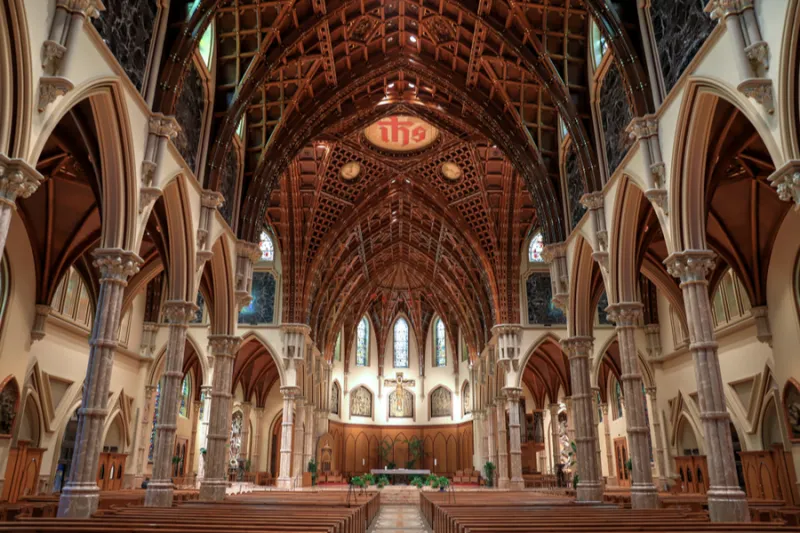
Chicago, Ill., Feb 10, 2022 / 12:46 pm (CNA).
As part of its “Renew My Church” initiative the Archdiocese of Chicago recently announced 12 new parish groupings. By July, the archdiocese will have 221 parishes.
The 12 groupings, formed by parish mergers, were announced between Jan. 20 and Jan. 29.
“Over the past several months, the groupings’ feedback and discernment teams, made up of representatives from each of the parishes and schools, met to review and discern the future parish, school and church structures for their respective areas,” The Chicago Catholic said Feb. 2.
Their feedback was then given to the archdiocese’s Standards and Recommendations Commission, and final decisions were made by Cardinal Blase Cupich, Archbishop of Chicago, his auxiliary bishops, and the presbyteral council.
The Chicago Catholic wrote that “The archdiocese and the current parish pastors, together with the archdiocese Renew My Church Accompaniment Team, will work with local leaders to ensure uniting faith communities and staff are supported through this time of change. All parishes will embark on the next phase of renewal to become stronger, more sustainable and capable of reaching more people in their work of making disciples of Jesus Christ, building communities and inspiring witness.”
“Renew My Church” was announced in 2016. At the time, around 100 parish closures were expected amid a shortage of priests and church buildings in need of repair, the Chicago Tribune reported.
There were about 350 parishes in the archdiocese in 2016, and almost 450 in the mid-1980s.
If you value the news and views Catholic World Report provides, please consider donating to support our efforts. Your contribution will help us continue to make CWR available to all readers worldwide for free, without a subscription. Thank you for your generosity!
Click here for more information on donating to CWR. Click here to sign up for our newsletter.




Leave a Reply